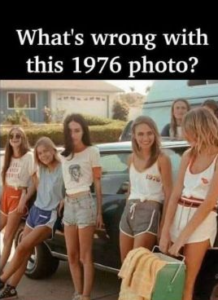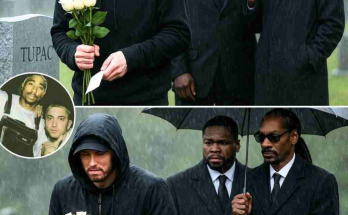Friendships from the 1970s had a special magic—something that today’s digitally connected world can rarely replicate. If you were lucky enough to grow up in that era, you know exactly what this means. Whether it was hanging out at the roller rink, lounging on shag carpets listening to vinyl, or piling into the back of a station wagon for a spontaneous adventure, friendships in the ’70s were defined by presence, trust, and real connection.
No Phones, Just Faces
One of the most defining aspects of ’70s friendships was the lack of technology. There were no cell phones, no social media, no texting. If you wanted to talk to your friend, you picked up a landline phone—and chances are, you knew their number by heart. Or better yet, you just showed up at their house. There was a kind of authenticity to that. You were never half-distracted by a screen; you were all there. Conversation meant eye contact, and laughter wasn’t in emojis—it was real and often belly-deep.
Outside Was Everything
Kids in the ’70s lived outside. They walked to each other’s houses, played pickup baseball games until the streetlights came on, rode bikes without helmets until their legs ached, and built entire fantasy worlds in backyards and wooded areas. Friendships were rooted in adventure and imagination, not curated experiences or photo-worthy moments. Every summer felt like a new chapter in a never-ending novel, and your closest friends were your co-authors.
Fewer Distractions, Deeper Bonds
Back then, entertainment options were limited, and that was a gift in disguise. With just a few TV channels, no streaming, and limited money for arcade games, kids had to get creative. They talked more, shared more, and learned to entertain each other. That meant deeper conversations, sillier jokes, and tighter bonds. There was more face-to-face time, and that fostered a level of closeness that felt almost familial.
Shared Culture That United
The ’70s had a rich, shared culture that brought people together. Whether you were debating who was cooler—Farrah Fawcett or John Travolta—or blasting Led Zeppelin or The Jackson 5 on your record player, you and your friends were bonded by what you loved. There was a sense of collective identity. You weren’t isolated in digital echo chambers; you experienced culture together, in real time.
No Judgment, Just Acceptance
In many ways, friendships back then felt less performative. You weren’t worried about being “liked” online or maintaining a digital image. You were just yourself—acne, awkwardness, bell bottoms, and all. Friends weren’t filtered through screens; they knew the real you and loved you anyway. That kind of connection ran deep and often lasted decades.
Final Thoughts
Friendships from the 1970s were a product of a simpler time—but they were also stronger, more personal, and often more enduring. In a world where so many relationships now begin and end with a swipe or a screen, looking back at how people connected in the ’70s reminds us of the true value of human interaction. They weren’t just the best because of nostalgia—they were the best because they were real.
